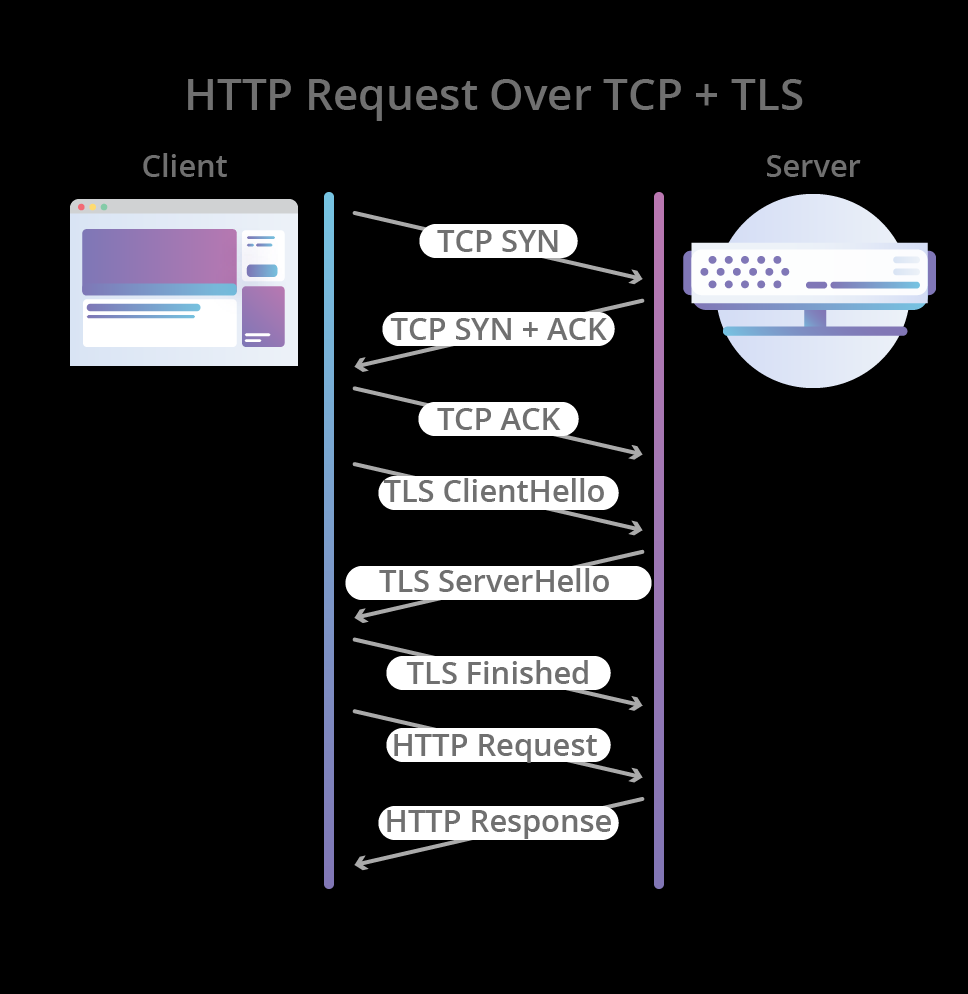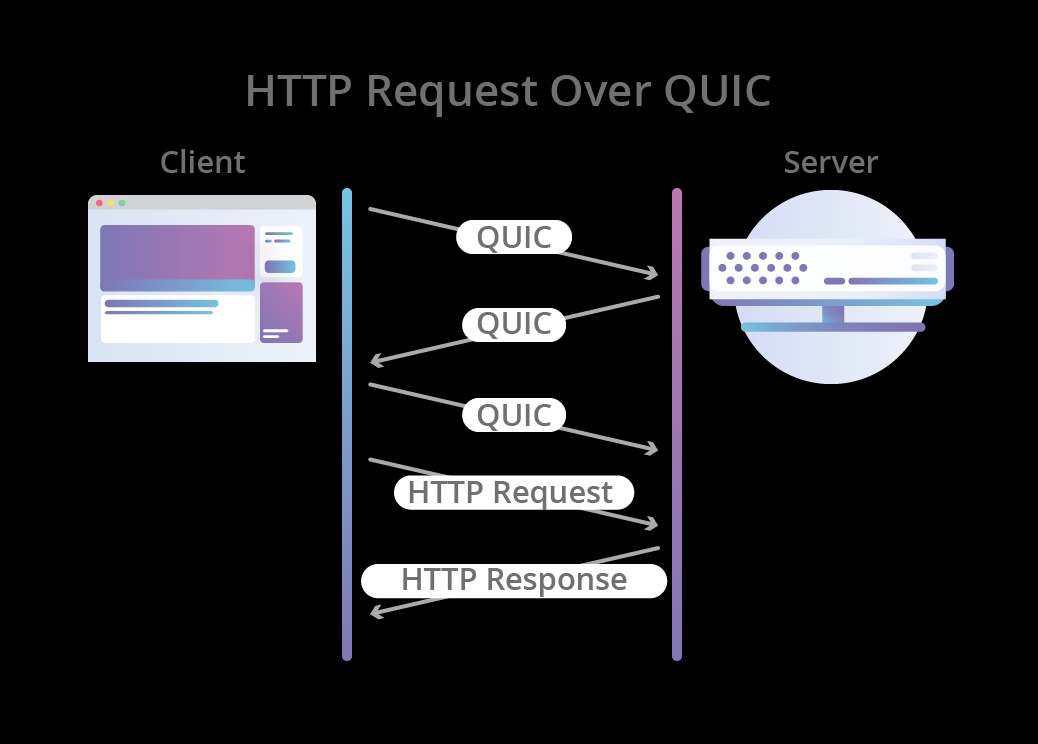Full Support for HTTP/3 Protocol
AdguardPrivate now fully supports the HTTP/3 protocol, bringing users a faster and more secure network experience
Categories:
We are excited to announce that AdguardPrivate now fully supports the HTTP/3 protocol. All existing users will automatically upgrade to enjoy the performance improvements brought by HTTP/3, with no additional configuration required.
Important Update Notes
- iOS Users: You can now use HTTP/3 directly via the DoH protocol, enjoying lower network latency
- Android Users: Due to system limitations, the DoT protocol is still in use; support will be available after future Google updates
- Performance Boost: Initial response speed is significantly improved compared to HTTP/2, with faster connection establishment
- Smart Switching: In network environments that do not support HTTP/3, the system will automatically switch to HTTP/2 to ensure service stability

In-Depth Analysis of HTTP/3 Technology
HTTP/3, as the latest version of the HTTP protocol, is based on Google’s QUIC transport protocol and brings several innovative technical advantages:
Core Features
QUIC Protocol Based on UDP
- Significantly reduces connection establishment time
- Improved multiplexing capabilities
- Smarter packet loss handling mechanisms
Optimized Performance
- Zero handshake latency (0-RTT)
- Enhanced congestion control
- Connection migration support
Enhanced Security
- Integrated TLS 1.3
- Encrypted handshake process
- Reduced risk of man-in-the-middle attacks
Connection Establishment Comparison


Usage Recommendations
- Ensure your client supports the HTTP/3 protocol
- Keep your client version updated
- In restricted network environments, the system will automatically downgrade to HTTP/2
Notes
- UDP traffic may be restricted in some regions, affecting HTTP/3 performance
- Performance may vary under different network conditions
- The system will automatically select the optimal protocol based on network conditions